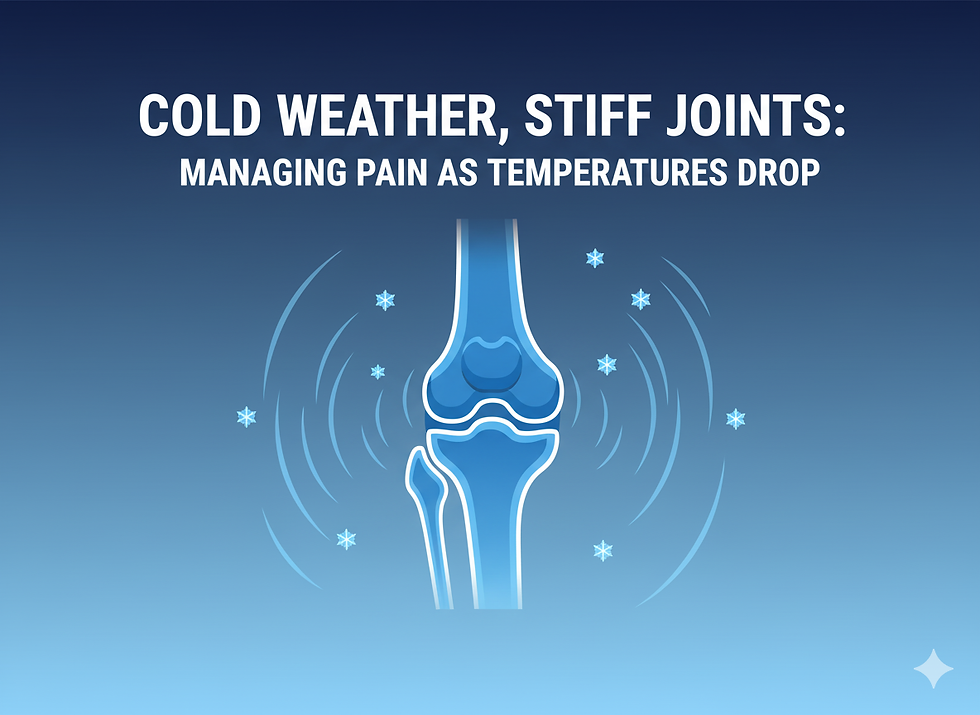Athletic Taping
- K-Town Physio

- Aug 19, 2022
- 1 min read
Proper application can help prevent injury as well as protect the athlete from re-injury when returning to sport. The role of tape is to limit the movement in an injured joint to prevent excess or abnormal movement. In addition it should provide support to the muscles surrounding the joint that may be under additional strain due to the injury. Another benefit of taping is thought to be the enhanced proprioception (or kinaesthetic feedback) that the tape provides during movement (or in other words it is thought to improve coordination).

For example if a taped ankle starts to invert (turn over) during a jump then the tape will restrict this and inform the body that it needs to contract muscles to prevent this movement in the ankle. Without this feedback the athlete may be unaware the ankle has started to invert and land on it badly injuring it again. Tape should only be used in conjunction with a proper rehabilitation program including stretching, mobility and strengthening exercises.
K-Taping – This method is a holistic and drug-free therapy method that has an exceptionally wide range of applications. The concept that skin receptors can be used to influence proprioception, muscles and ligaments, and subsequently bodily functions, is the theory behind the application. K-Tape can affect proprioception and subsequently muscular function, without restricting the patient’s mobility. It can be used for an extraordinarily wide range of indications and is an effective support for many well-known treatment concepts. One of the major advantages of K-Taping is that the therapist can give patients a piece of K-Tape to take home with them. K-Tape is effective as long as the patient wears the tape.



